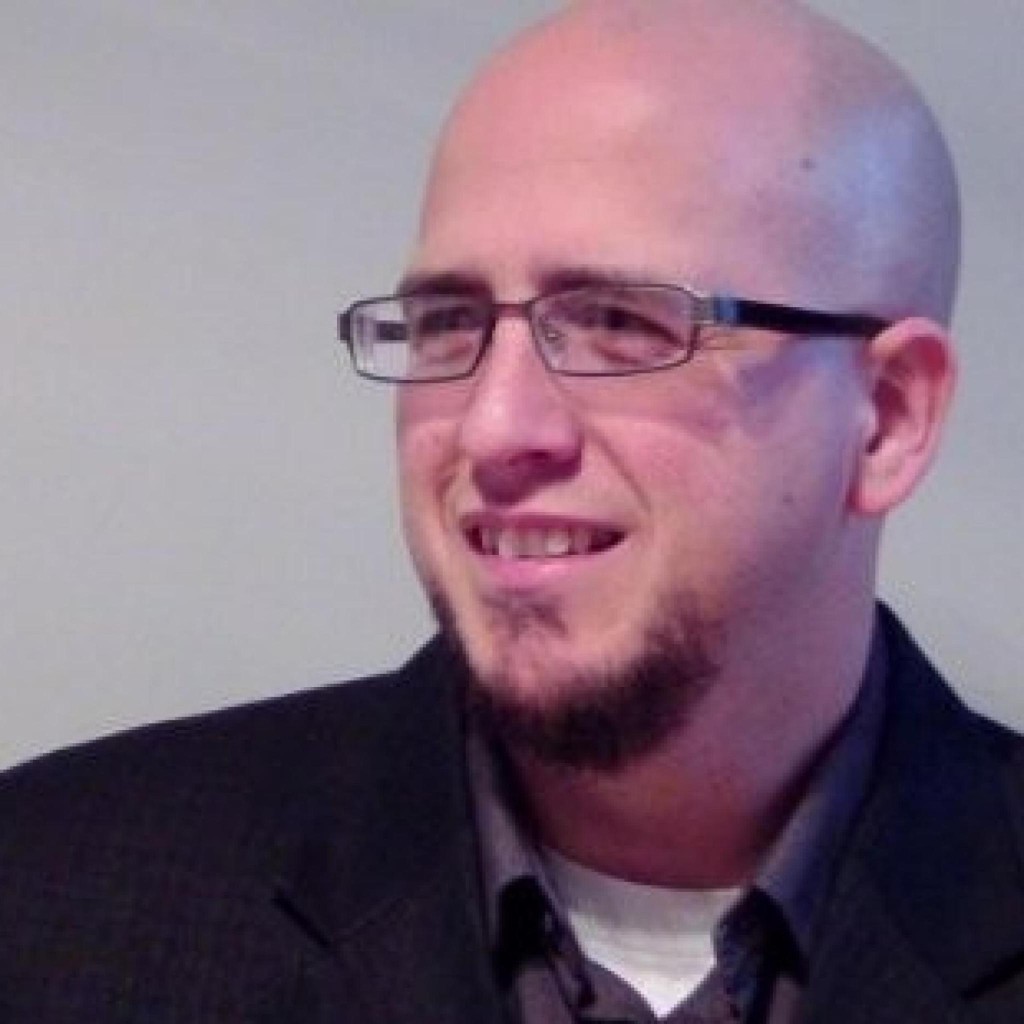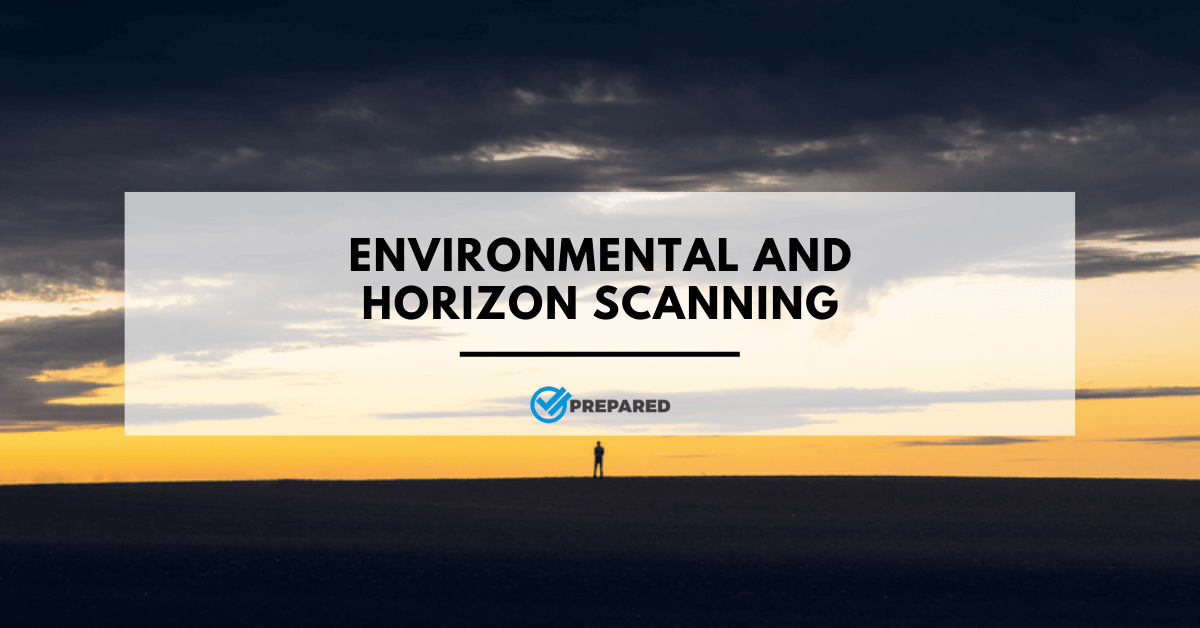In my previous post, I explained how individuals can benefit from strategic foresight. Now, I’ll dig a little deeper into how to actually do that. Environmental and horizon scanning are like the ditch digging, prospecting, or burger flipping of strategic foresight because they are tediously essential to everything else a futurist does. These two terms are easily confused and often considered the same thing by experts. I distinguish the two because it helps me focus on their different purposes.
Environmental scanning is about looking at past and present events to understand the current state of a nation, industry, organization, etc. This should only need to be done once in a while as needed. Horizon scanning, on the other hand, is about looking for changes that may affect the future and should be done on a regular basis—daily, weekly, or at least monthly.
In many ways, most internet users are entry-level futurists because they are constantly reading breaking news and following trends. But using strategic foresight is about learning to apply these skills on a broader scale with a longer time horizon and a deeper analysis. It’s not difficult, but like any survivalist method, it requires dedication.
Scanning Your Environment
At a personal level for survivalists, environmental scanning is important to understand the world you live in. In many ways, it is an expansion of your situational awareness by understanding the larger environment in which you live. So, you need to learn as much as possible about the region in which you live along with the people who live around you.
But you also need to know about the entire world because global events still affect you and potentially your survival. A head-of-state with an itchy trigger finger, a deadly virus in Africa, a volcano in Asia, or even the suicide of a street vendor in the Middle East could impact or at least influence your future.
You also need to understand the many crises and disasters that have occurred previously, and learn lessons from previous survival situations. Consider which strategies succeeded for the survivors and which strategies failed. You can learn what disasters are most probable and which are the least plausible. Most importantly, you will learn how to recognize weak signals for oncoming disasters; this is where horizon scanning takes over.
Scanning the Horizon
Weak signals are changes happening now that could grow and become more significant in the future. Horizon scanning is about looking for weak signals that may combine to create a new set of circumstances tomorrow. It can be as simple as reading the news for significant changes (discoveries, elections, etc.) and keeping track of them either in a spreadsheet or an online service like Shaping Tomorrow.
Just as environmental scanning is about expanding your situational awareness geographically and socially, horizon scanning expands your situational awareness beyond today’s events to the future. What you are really looking for is weak signals of change to the normal way of doing things. Environmental scanning can help you understand what is currently called normal. And horizon scanning will help you identify threats to these norms. What is considered normal is actually changing all the time. But what is driving that change?
Horizon Scanning and Analyzing PESTLE
Often times change is coming from a different direction. So, you need to avoid specializing too much when thinking about the future. As William Gibson once said, “the future is already here; it just isn’t evenly distributed.” Even if you are focused on political and military enforced disasters, you need to consider other domains. PESTLE stands for Politics, Economics, Social, Technology, Legal, and Environmental. Events that occur in any one of these categories will influence the others to eventually form the future.
Technology feeds the political discourse all the time, and military strategies rely heavily on improving technology. Both respond to social, legal, environmental, and economic issues. So, as you start scanning—either your environment or the horizon—always consider the 6 categories of change. Feel free to add Military as a seventh category to form PESTLEM.
Once you’re ready to develop strategies for survival, you can do a simple PESTLE analysis. Just list the 6 or 7 categories and detail the weak signals that are the most significant for each of the categories. This will help you keep your thoughts organized and focused.
Connecting the Dots
Seeing the weak signals and understanding them are very different. It often helps to connect them to trends that may be pushing for change. Next, you must identify what is driving those trends. Then you can begin to develop strategies to respond to the trends.
Trends are best seen in retrospect. It is often difficult to recognize when a trend is growing until it has started to emerge. Looking for potentially significant trends can be difficult because of the hype machine that builds up around any apparent trend. However, that hype can be useful because it indicates what people think about a trend and what they expect from it.
Illustrating Trends
As an illustration of past trends, BlackBerry and Nokia are infamous examples of failing to understand and learn from the trends in the market. The biggest challenge for both companies was their corporate cultures. Nokia used strategic foresight to identify trends, but they could not respond effectively. Their engineers were too focused on communicating what could not be achieved. And BlackBerry was too busy communicating their own perceived superiority. Both companies failed to integrate foresight as a cultural strength.
Android and iOS clearly played to trends in the marketplace. Google and Apple recognized the move away from hardware toward software. And both began specifically as forward-facing companies more interested in inventing the future than seizing past success, even if it is a little risky—see Google Glass and Apple Newton.
20/20 Hindsight
When looking at past or existing trends, you have to remember that hindsight is 20/20. It is more difficult to predict the future direction of trends because they are always changing. Foresight requires not just the ability to identify weak signals and trends but to also think in new ways. You have to imagine how you will think after a disaster happens. And that is the topic of the next article.

Dennis Draeger is the research director for Shaping Tomorrow, https://shapingtomorrow.com/. He has over 15 years’ experience in business start-up, management and consulting. He has helped clients around the world think more effectively about the future. To see some of his other work, visit Aiglatson Foresight Research, https://aiglatsonforesight.com/.

